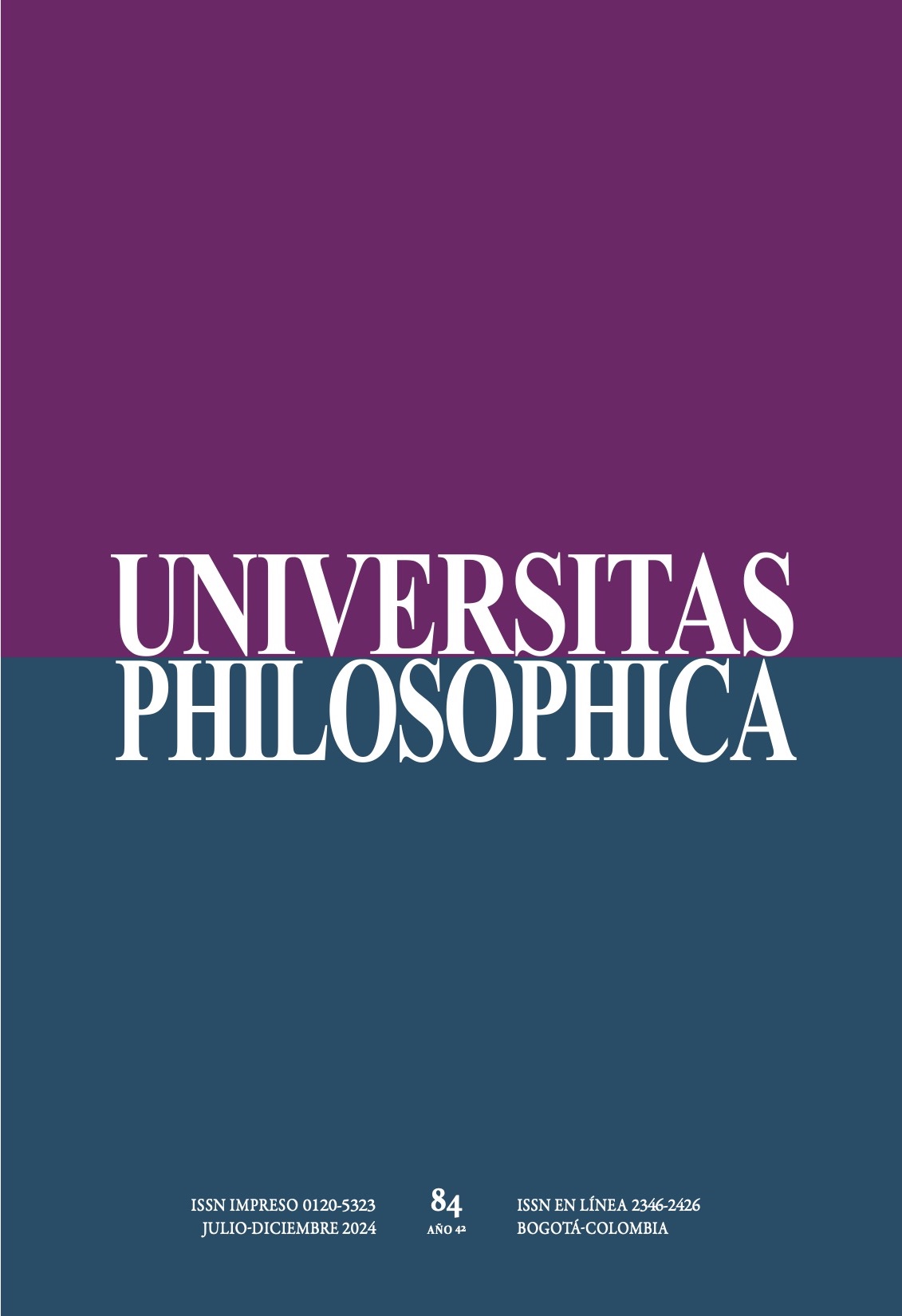Abstract
A key passage in Histoire(s) du Cinéma shows the failure of the history of cinema to recognize the historicity of images. As a result, some perspectives of history (like the Shoah) are omitted, and the cinema becomes at risk of turning into a failed cultural praxis. Hence, Godard purports to assemble the fragments of those thwarted pasts, in order to actualize the hindered potentials of those images. This article aims at developing the assembling exercise of Histoire(s) on the basis of Walter Benjamin’s idea of dialectical image, for it expresses the contradictions of a past that has been forgotten both by the canon and by the history of cinema. Moreover, the dialectical image will be read in the light of Alfred North Whitehead’s concept of non-conformational proposition, as it enables to pinpoint how the dialectical image bursts in, distorting official history and, at the same time, reincorporates those pasts into the field of memory.
Adorno, T., & Horkheimer, M. (2009). La Industria Cultural: ilustración como engaño de masas. En Dialéctica de la Ilustración (J. J. Sánchez, trad., 9 ed.) (pp. 165-212). Trotta.
Auxier, R., & Herstein, G. (2017). The Quantum of Explanation: Whitehead's Radical Empirism. Routledge.
Barad, K. (2007). Meeting the Universe Halfeway: Quantum Physics and the Entaglement of Matter and Meaning. Duke University Press.
Benjamin, W. (1974). Über den Begriff der Geschichte. En R. Tiedemann, & H. Schweppenhäuser (Eds.), Gesammelte Schriften (Vols. I-I, pp. 691-706). Suhrkamp.
Chaplin, C. (dir.). (1940). The Great Dictator. [Película]
Deleuze, G. (1986). La imagen tiempo. Estudios sobre cine 2. Paidós.
Deleuze, G. (1989). La imagen movimiento. Estudios sobre Cine 1. Paidós.
Didi-Huberman, G. (2017). Pasados citados por Jean-Luc Godard. (H. Marturet & M. Mariel, trads.). Shangrila.
Didi-Huberman, G. (2018). La imagen superviviente. Historia del arte y tiempo de los fantasmas según Aby Warburg (J. Calatrava, trad., 3ª. ed.). Abada.
Durham, S. (2014). “An Accurate Description of What Has Never Occurred”: History, Virtuality, and Fiction in Godard. En T. Conley & J. Kline (eds.), A Companion to Jean-Luc Godard (pp. 441-455). Wiley-Blackwell.
Emmelhainz, I. (2019). Jean-Luc Godard’s Political Filmmaking. Palgrave Macmillan.
Godard, J.-L., & Miéville, A.-M. (dirs.). (1976). Ici et ailleurs. [Película].
Godard, J.-L. (dir.). (1988-1998). Historie(s) du cinéma [Película].
Godard, J.-L. (2007). Historia(s) del cine. (T. Pizarro, trad.). Caja Negra.
Godard, J.-L. (2008). Manifiesto. En Godard y el grupo Dziga-Vertov (pp. 19-28). Intermedio.
Griffith, D. W. (dir.) (1915). The Birth of a Nation. [Película]
Griffith, D. W. (dir.) (1916). Intolerance. [Película]
Haraway, D. J. (2018). Modest-Witness@Second-Millennium. FemaleMan © -Meets-OncoMouseTM (2a ed.). Routledge.
Kraus, E. M. (1998). The Metaphysics of Experience: a Companion to Whitehead’s Process and Reality. (2a ed.). Fordham University Press.
Morgan, D. (2013). Late Godard and the Possibilities of Cinema. University of California Press.
Latsis, D. (2013). Genealogy of the Image in Historie(s) du Cinéma: Godard, Warburg and the Iconology of the Interstice. Third Text, 27(6), 774-785. https://doi.org/10.1080/09528822.2013.859480 ·
Lubitsch, E. (dir.) (1942). To Be or Not to Be. [Película].
Lundemo, T. (2014). Godard the Historiographer: From Histoires du cinéma to the Beaubourg Exhibition. En T. Conley & J. Kline (eds.), A Companion to Jean-Luc Godard (pp. 488-503). Wiley-Blackwell.
Pintor, I. (2017). Aby Warburg’s Legacy, The Atlas and The Visual Essay: Montage, Editing, Emotion and Gesture. Barcelona Research Art Creation (BRAC), 5(2), 156-188. https://doi.org/10.17583/brac.2017.2684
Rancière, J. (2005). Una fábula sin moral: Godard, el cine, las historias. En La Fábula Cinematográfica (C. Roche, trad.) (pp. 197-215). Paidós.
Ravetto-Biagioli, K. (2014). Noli me tangere: Jean-Luc Godard’s Histoire(e)s du cinéma. En T. Conley, & J. Kline (eds.), A Companion to Jean-Luc Godard (pp. 456-487). Wiley-Blackwell.
Renoir, J. (dir.). La règle du jeu. [Película].
Romero, K. (2019). El barroco en el cine de los años ochenta en América Latina. Casa de la Cultura Ecuatoriana Benjamín Carrión y Fondo de Cultura Económica.
Sadoul, G. (2021). Historia del cine mundial desde los orígenes (F. Torner, trad., 2ª. ed.). Siglo veintiuno editores.
Sehgal, M. (2014). Diffractive Propositions: Reading Alfred North Whitehead with Donna Haraway and Karen Barad. Parallax, 20(3), 188-201. http://dx.doi.org/10.1080/13534645.2014.927625.
Warner, R. (2018). Godard and the Essay Film: A Form That Thinks. Northwestern University Press.
Whitehead, A. N. (1967). Adventures of Ideas. The Free Press.
Whitehead, A. N. (1978). Process and Reality: An Essay in Cosmology. The Free Press.
Whitehead, A. N. (2021). Proceso y realidad. (M. Candel, trad.). Atalanta.
Witt, M. (2013). Jean-Luc Godard, Cinema Historian. Indiana University Press.

This work is licensed under a Creative Commons Attribution 4.0 International License.
Copyright (c) 2025 Andrés Camilo Peña Guevara



